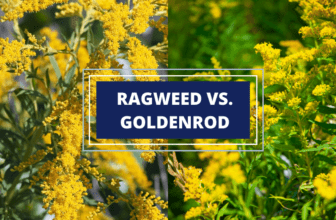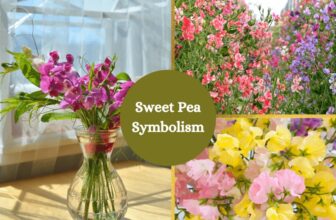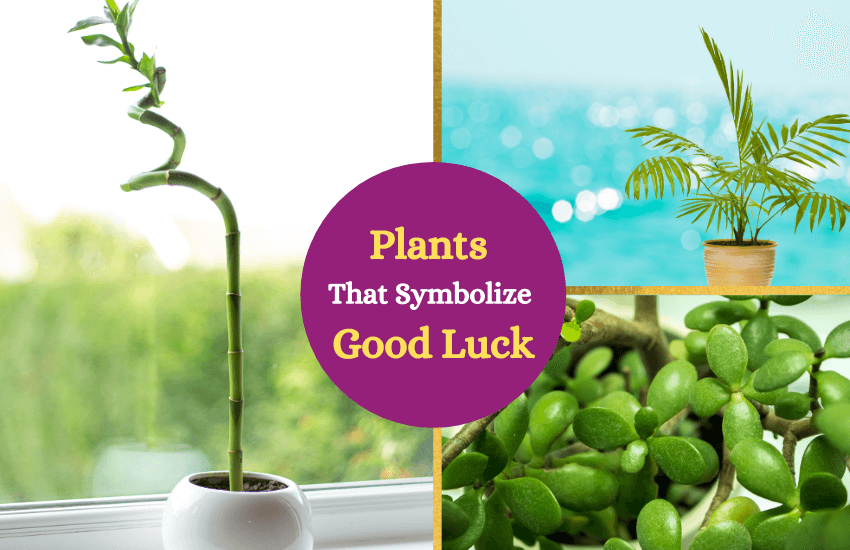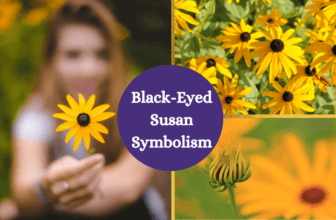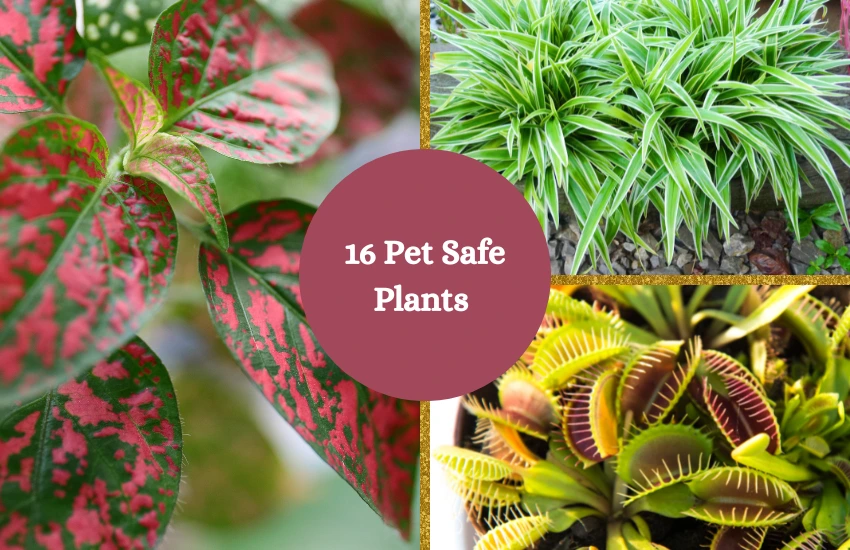
Table of Contents
For those who own pets, you must be aware of their curious nature to play around, discover new things and chew on plants, especially if your house or garden is their only playground. If you’re a plant lover while also having a furry companion, then your pet may be in danger of falling victim to plant poisoning.
Depending on the amount ingested and the type of plant, the symptoms of this plant toxicity can range from mild to severe. In worst-case scenarios, it can also be life-threatening if immediate medical attention is not sought.
If you want to keep your pets safe while also beautifying your indoor space with greenery, take a look at this list of 16 pet-safe plants. We’ve also included a short list of plants that are toxic to pets,
16 Pet-Safe Plants for Your Home
Here’s a list of plants that are known to be non-toxic to pets such as cats, dogs, or even horses. Even when these plants are ingested, they’re harmless and don’t cause any adverse effects.
1. Spider Plant (Chlorophytum)
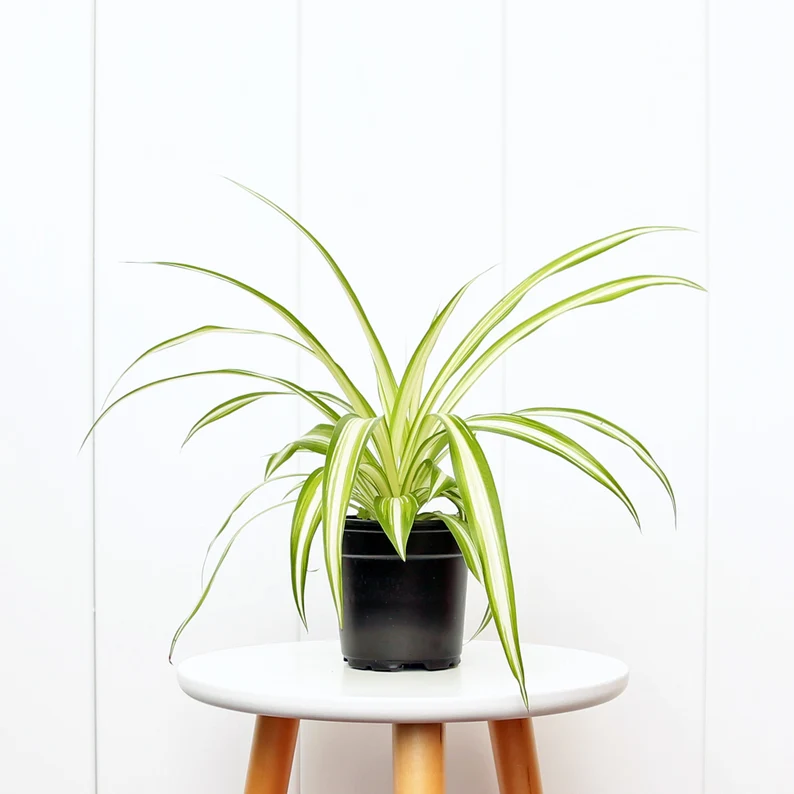
This flowering houseplant is popular due to its ability to purify the air by removing toxins and minimal care requirements. Native to Africa, the spider plant has long and narrow leaves with small white flowers and makes the perfect houseplant as it prefers indirect sunlight. It’s also a favorite amongst veterinarians as it’s non-toxic to animals.
2. Bamboo Palm (Chamaedorea seifrizii)
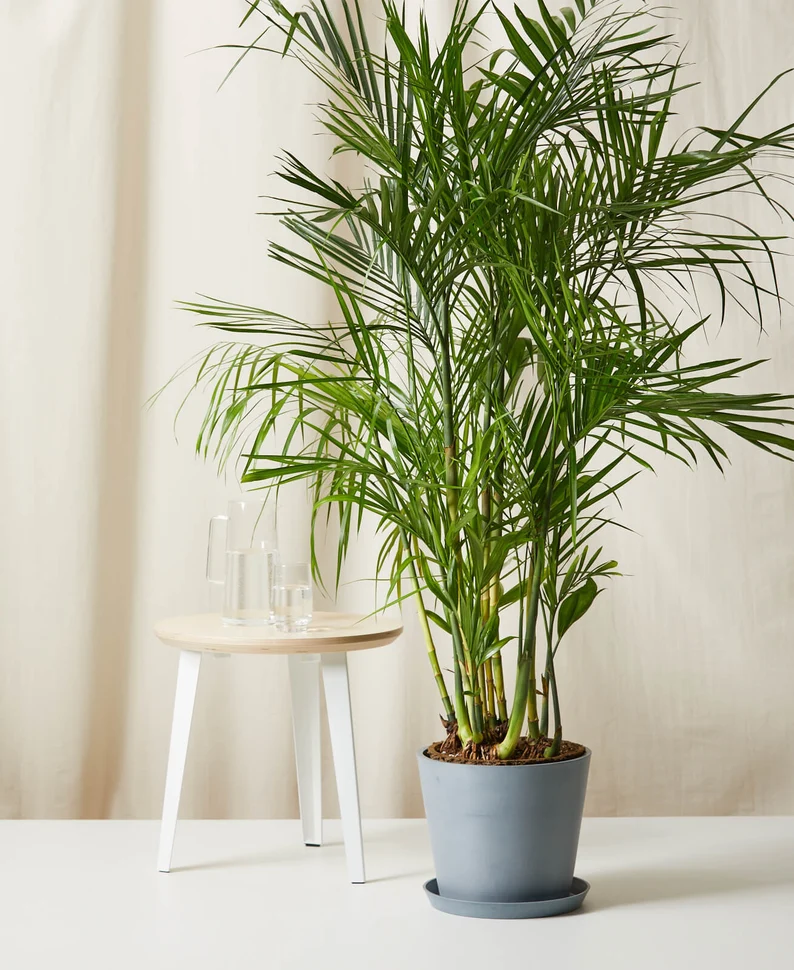
These plants are also a great choice for pet owners as they give a magical atmosphere at home while being pet-friendly. Bamboos are tropical plants native to Mexico and prefer indirect sunlight as well. They not only make beautiful additions to your home with their attractive feather-like leaves but they can also purify the air, ridding it of toxins.
3. Bromeliad (Bromeliaceae)
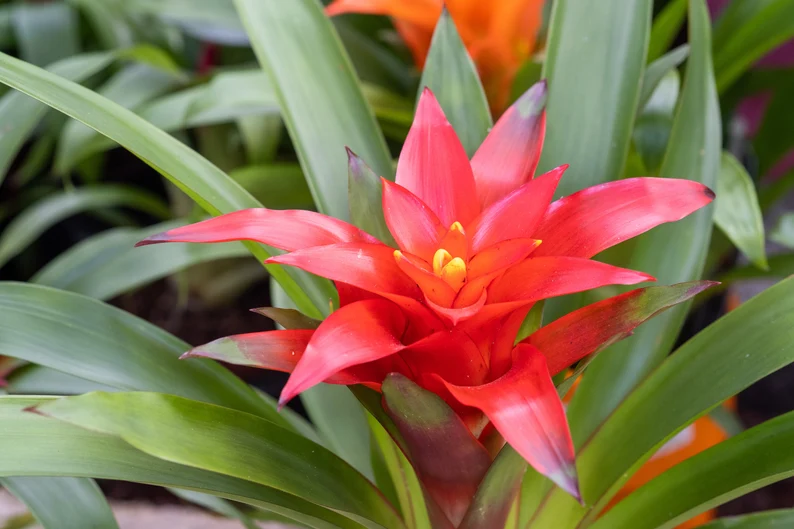
Bromeliads can add tropical vibes to your indoors with their brightness and bold, colorful blooms that can last up to a few months. While they can liven up any room they’re kept in, it’s best to place them in open areas with indirect sunlight as they require a lot of airflow. They also only need to be thoroughly watered every one to two months.
4. Zebra Plant (Calathea orbifolia)
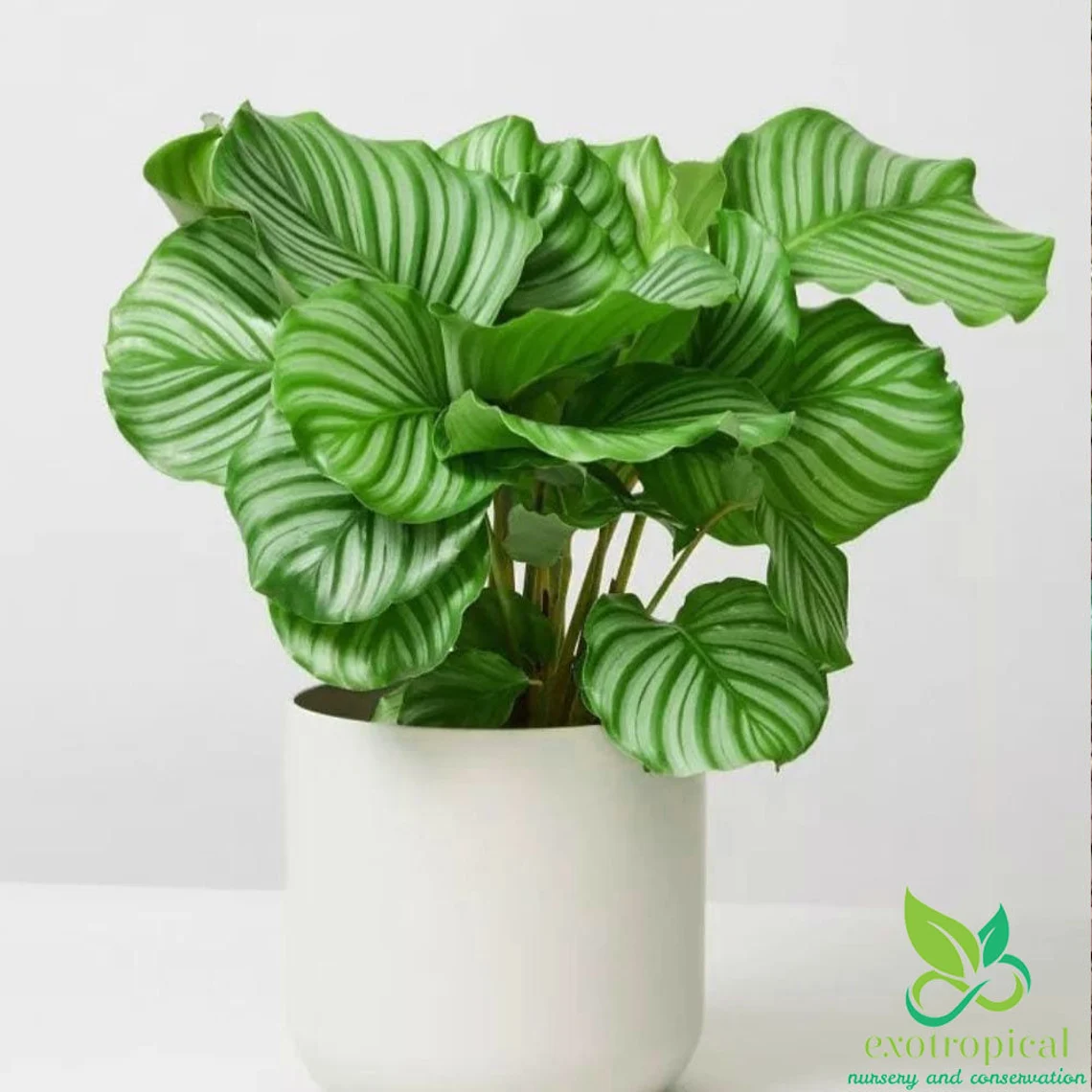
With its exquisite leaf patterns, this plant makes for one of the best indoor plants for your home. It can adorn a bedroom shelf or a stand of its own and it only requires partial sunlight so you can place it in any room. However, it loves a bit of humidity, so you’ll have to consider keeping it near a humidifier or misting it regularly.
5. Boston Fern (Nephrolepis exaltata)
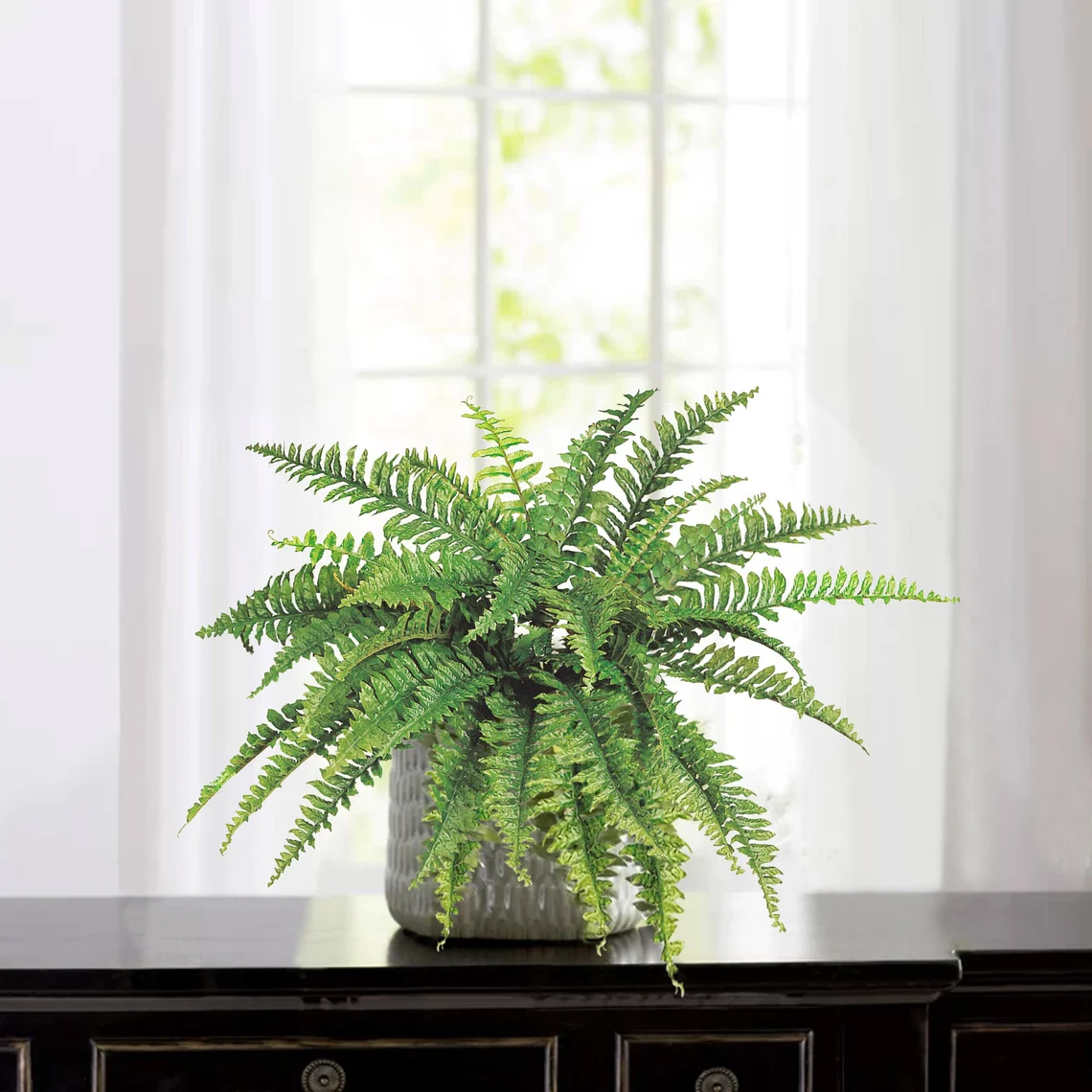
This pretty little fern plant is also a very pet-safe houseplant, with its long dark green fronds that divide into many delicate leaflets. It makes for great houseplants as it can purify the air and even add moisture to dry indoor environments. It’s also easy to care for and can grow well in bright indirect light.
6. Baby Tears (Soleirolia soleirolii)
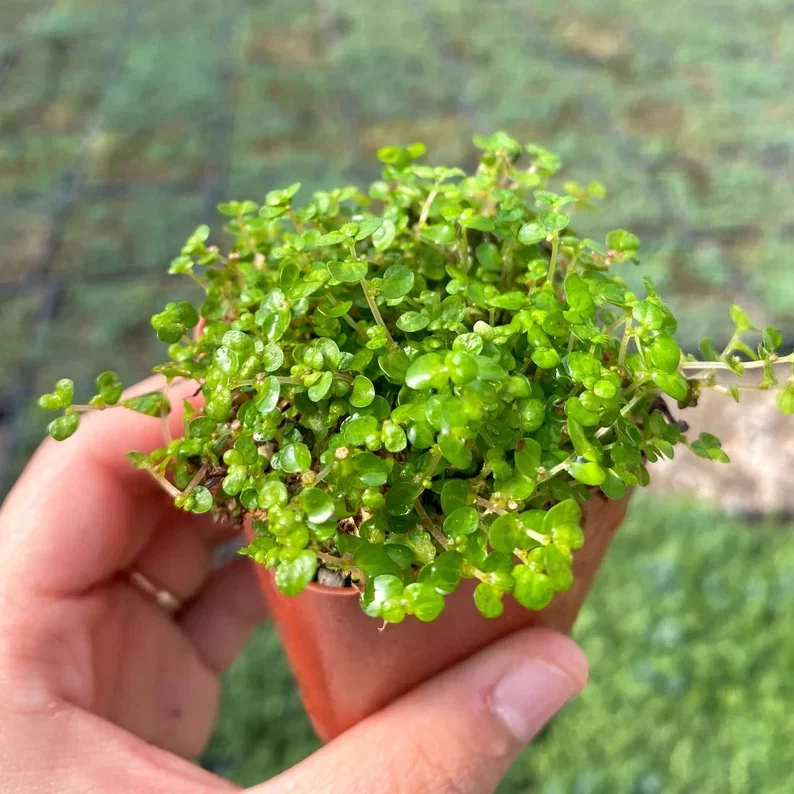
These cute little succulent-like plants are perfect for beginners with a green thumb. They’re safe for pets and they’re also super easy to grow indoors. These plants have very small white flowers that add dimension to them and when in bloom they can add a beautiful touch to your indoor space. You can plant Baby Tears in hanging planters, terrariums, or in a planter placed on your windowsill.
7. Gloxinia (Sinningia speciosa)
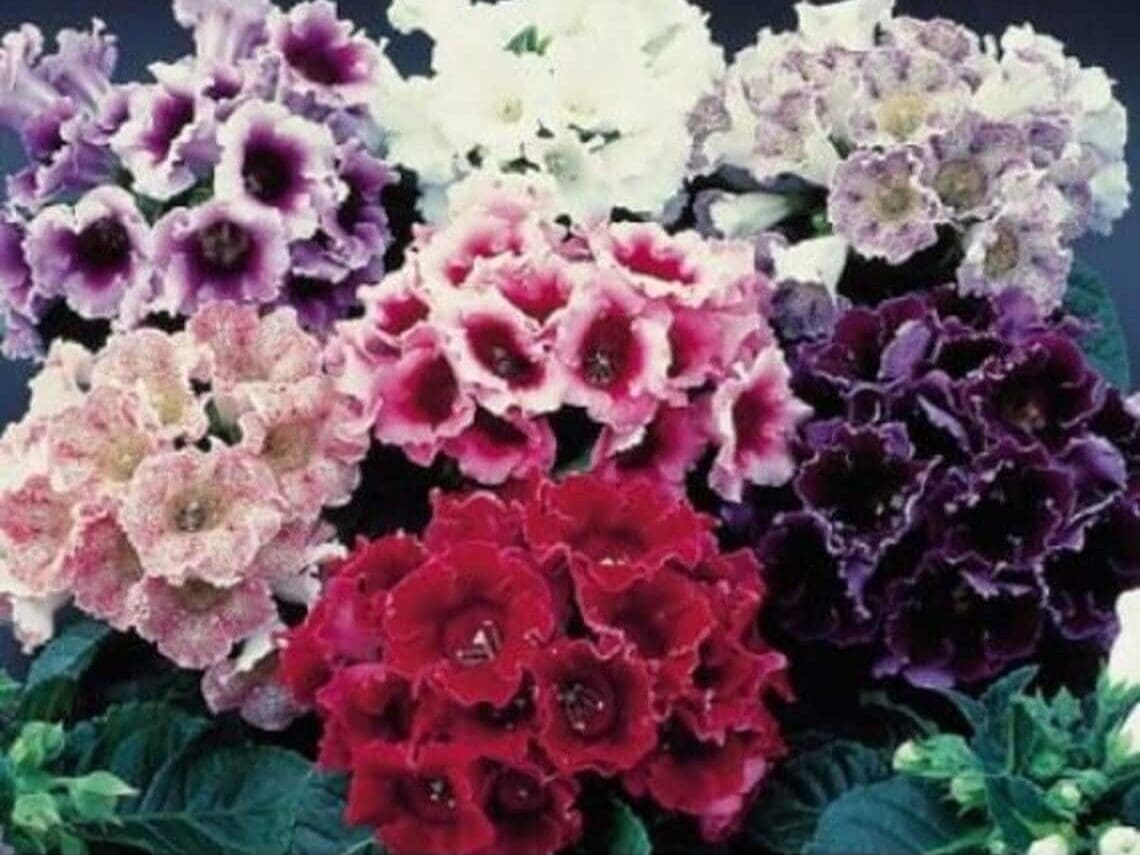
With its bright flowers blooming in various shades of blue, red, pink, and purple, gloxinia is native to Brazil and a popular houseplant among pet owners. It can add character to any garden or room it’s kept in. You only need to ensure that this plant sits in bright but indirect sunlight for it to thrive. It also needs to be watered regularly.
8. Venus Fly Trap (Dionaea muscipula)
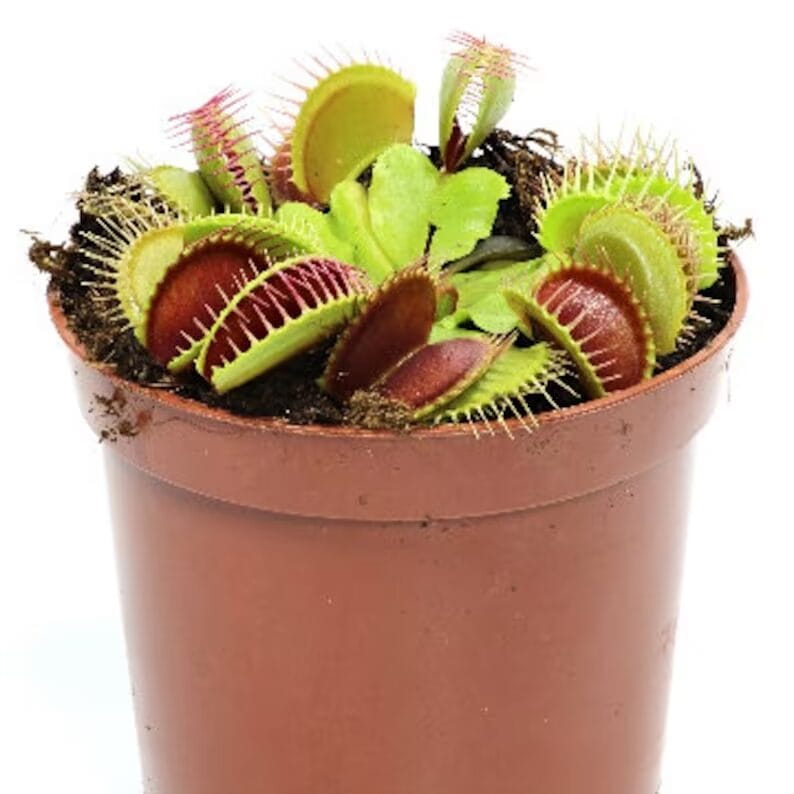
This carnivorous plant is a funky and fun addition to your garden or home space. While it may seem dangerous, it’s non-toxic and therefore, perfectly safe for your pets. However, it needs a bit of extra attention in order to grow well. It requires bright sunlight and should only be watered with distilled water.
9. Haworthia (Haworthiopsis attenuata)
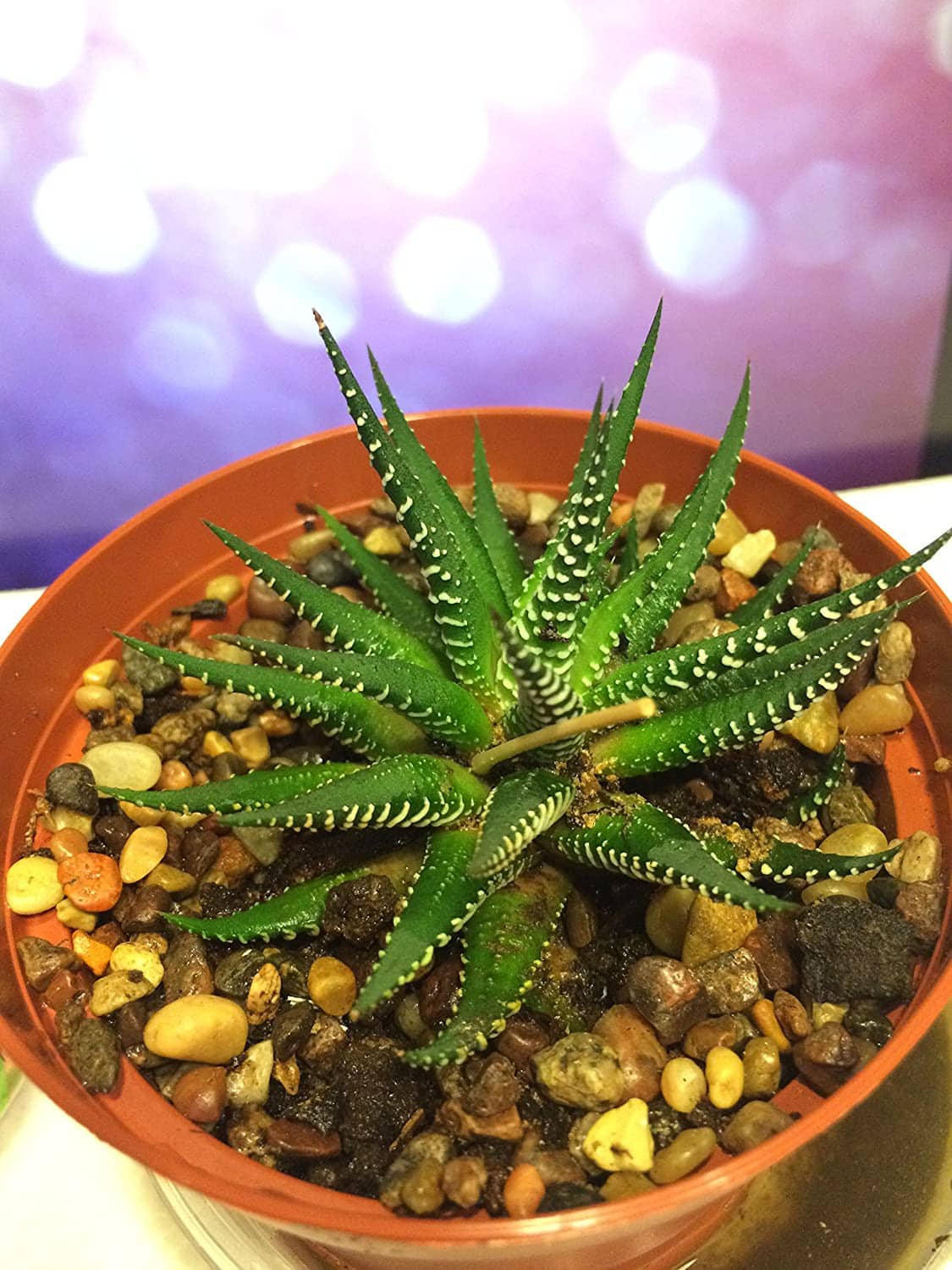
Unlike its lookalike aloe plants, these plants are not toxic to animals. They’re known for their distinctive and attractive appearance with their thick fleshy, patterned leaves. They also produce small, white flowers when placed in sunny areas.
10. Royal Velvet Plant (Gynura aurantiaca)
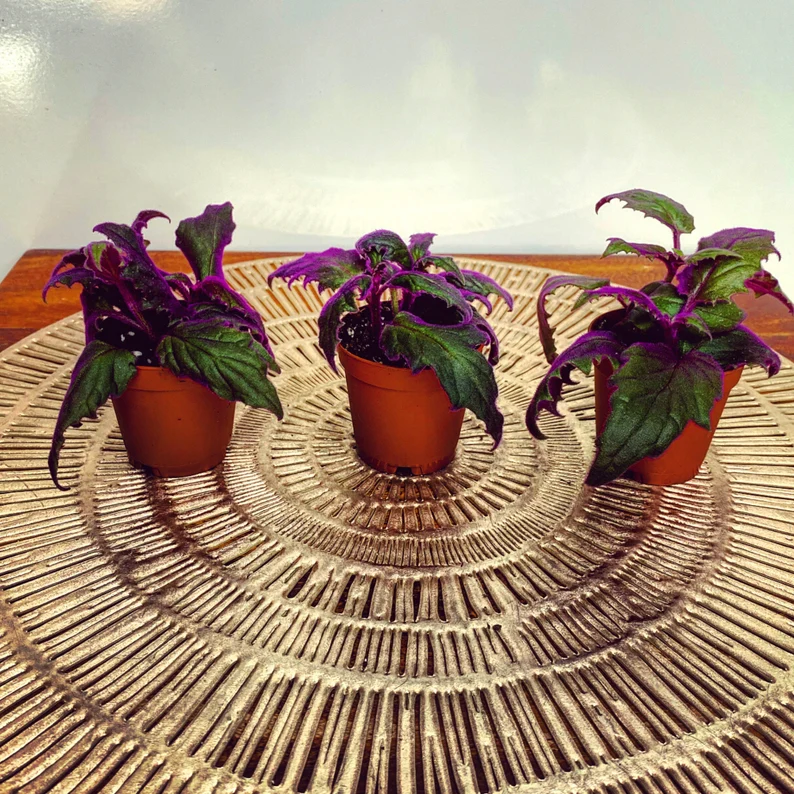
This plant looks like it has come straight out of a sci-fi movie or a psychedelic show. It’s a great selection to make your garden come to life. Its texture is what makes it unique as well as its almost iridescent look making it look vibrant in bright lights. When it comes to caring for this plant, it’s important to pay special attention, especially when watering as overwatering can cause root rot.
11. Friendship Plant (Pilea involucrate)
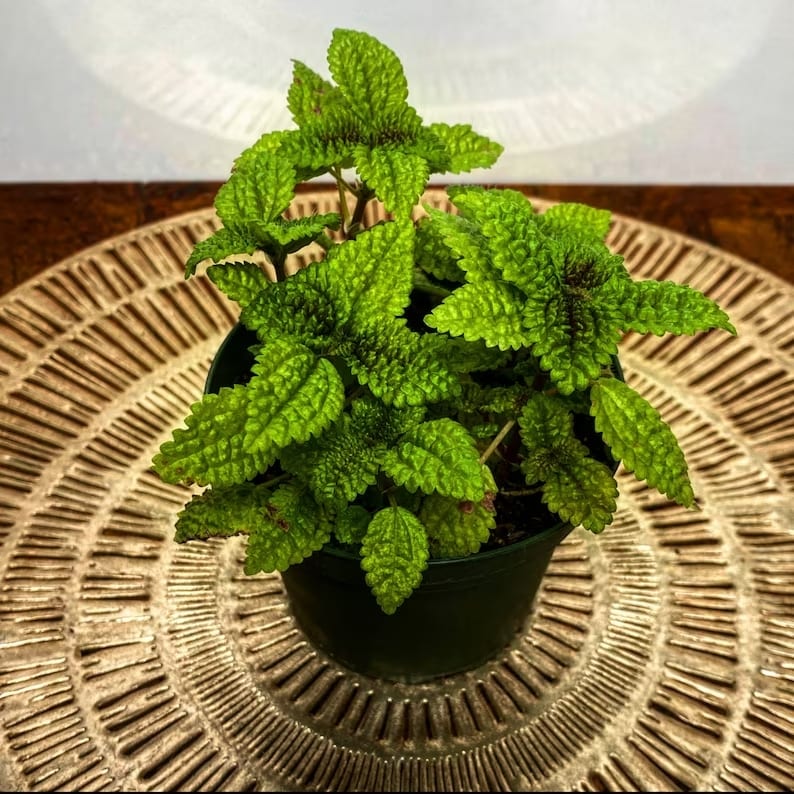
This plant has crinkly, fuzzy leaves and tolerates medium to low light. It’s safe for cats and dogs, causing no harm even if ingested. It’s a fairly small plant that grows to about 12 inches in height and can be planted in terrariums. It grows best when kept in moderately bright indirect light and watered thoroughly. On rare occasions, these plants also have beautiful pale pink flowers that can add color to your indoors.
12. African Violet (Saintpaulia)
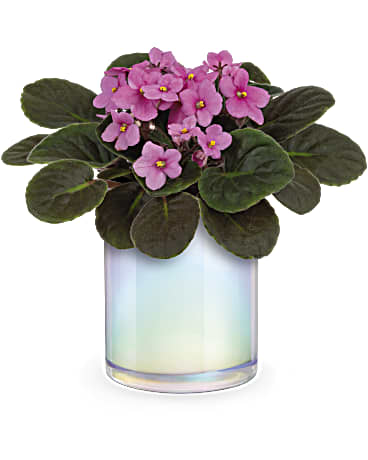
African violets are a type of flowering plant in the family of Gesneriaceae. Native to Tanzania and eastern Kenya in Africa. They’re popular houseplants because of their attractive, brightly colored flowers, ease of cultivation, and the fact that they’re generally safe for pets.
One of the special things about African violets is their small size and compact growth habit, which makes them ideal for growing in small spaces such as windowsills, desks, and tables. They’re also known for their delicate, velvety leaves and their beautiful, five-petaled flowers, which come in a wide variety of colors, including pink, purple, red, white, and blue.
13. Orchid (Orchidaceae)
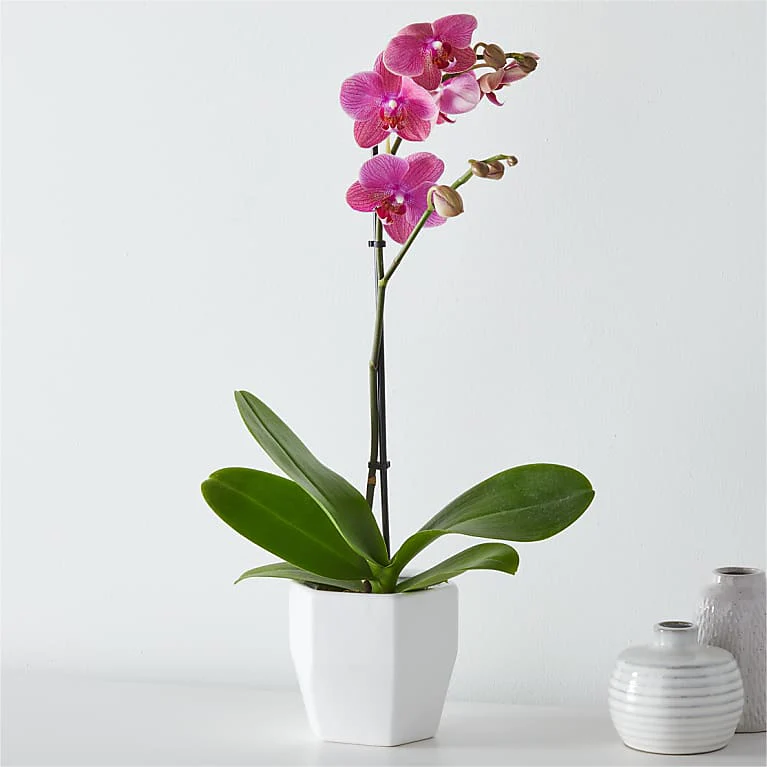
Orchids are a diverse group of plants known for their unique and intricate flowers. They’re popular houseplants because they are relatively easy to care for and come in a wide variety of colors and sizes. Orchids are also long-lasting and can bloom for several weeks at a time, making them a popular choice for gifting and home decor.
Most species of orchids are generally safe for pets. They prefer partial light and watering once a week during winters and twice in summers. They bloom once a year, and the flowers can last up to three to four months if delicately cared for.
14. Radiator Plant (Peperomia spp.)
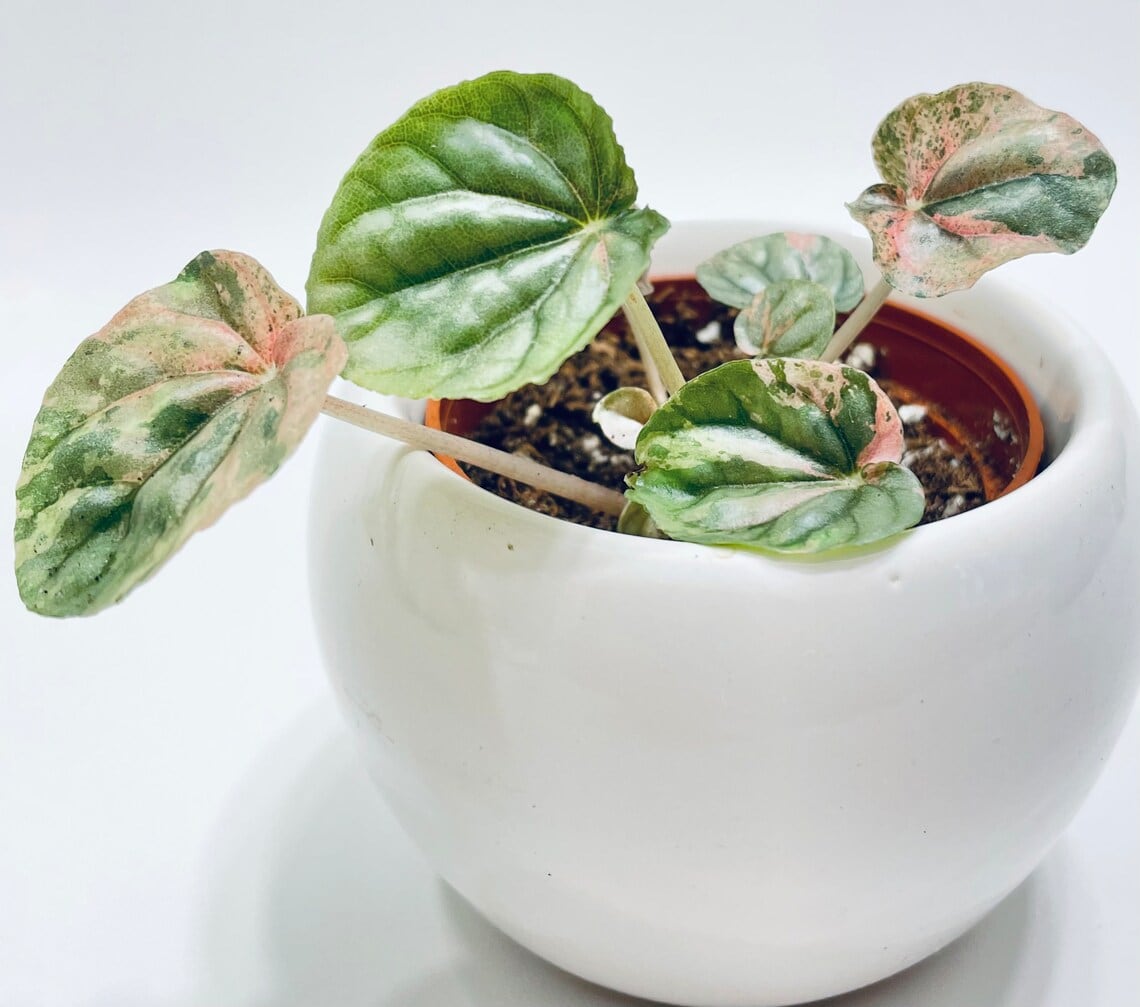
Peperomia is a genus of over 1000 species of plants that are native to Central and South America, Africa, and the Caribbean. They’re known for their fleshy leaves and compact growth habits, making them a popular choice for terrariums and small spaces.
They’re also low maintenance, easy to care for and come in a wide range of leaf shapes, colors, and sizes. They don’t require much light or water, and most species are not demanding in terms of temperature, humidity, and soil.
15. Polka Dot Plant (Hypoestes phyllostachya)
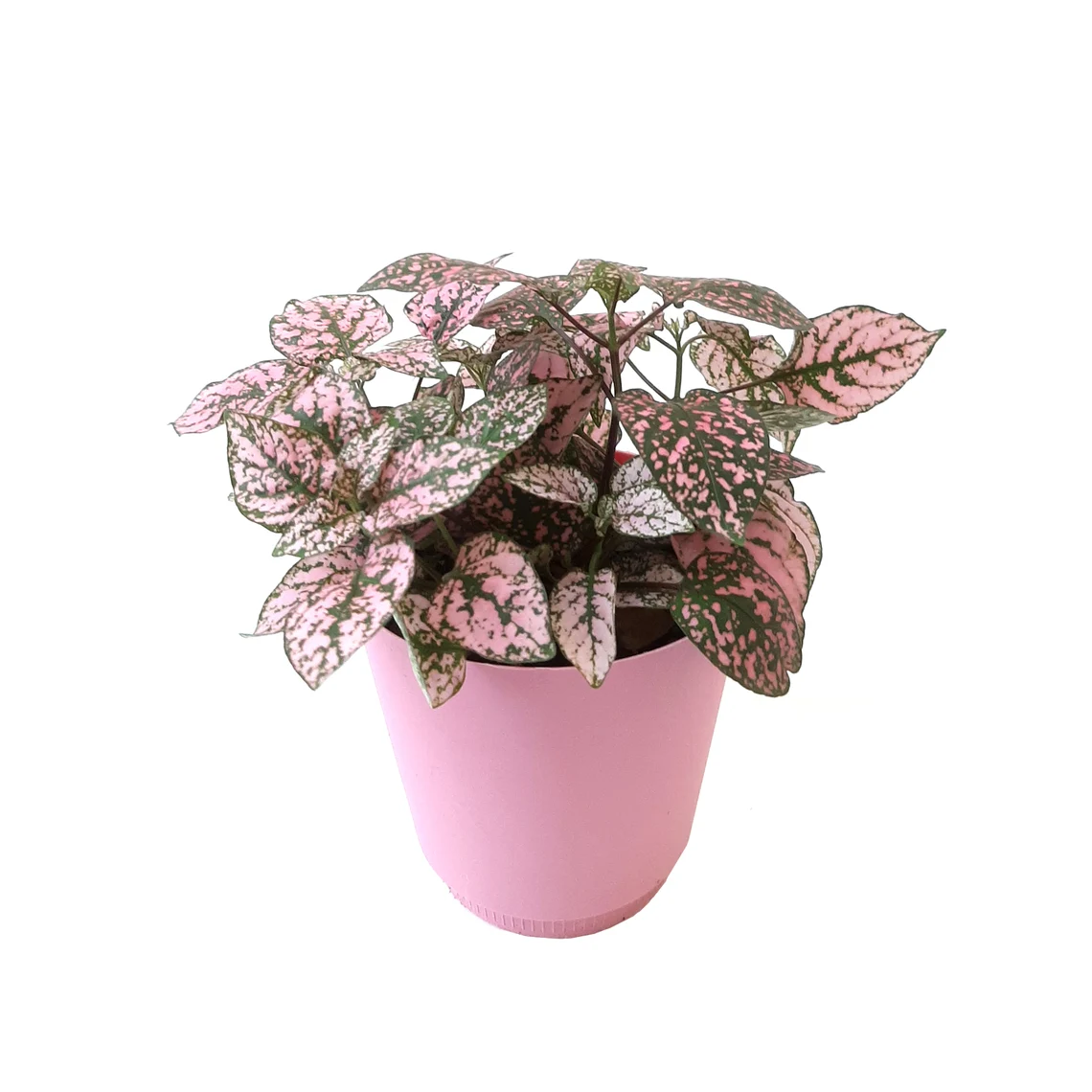
The Polka Dot Plant is known for its distinctive round leaves which are marked with vibrant spots or splashes of pink, red, or white. These plants are great for the home because they are easy to care for, requiring low to medium light and moderate watering.
Additionally, polka dot plants have the ability to purify the air and remove toxins, making them a natural air purifier for your home. They’re also known to bring positive energy and good luck, making them a great addition to your home decor.
16. Rattlesnake Plant (Goeppertia insignis)
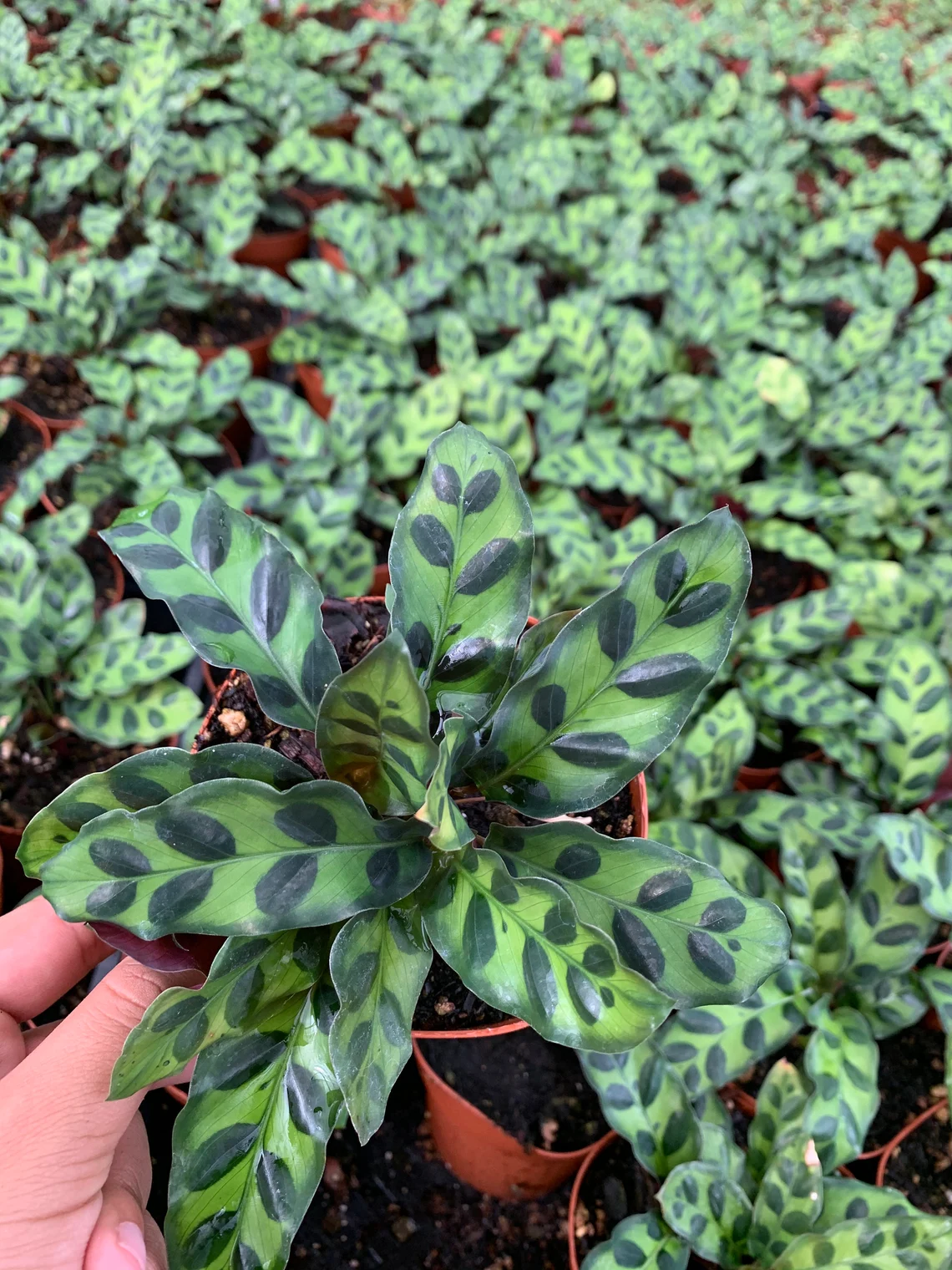
The rattlesnake plant, also known as Calathea Lancifolia, is a beautiful tropical houseplant with patterned, dark green leaves that resemble the skin of a rattlesnake. It’s native to the rainforests of Brazil.
In addition to its unique and striking appearance, the rattlesnake plant is also safe for households with pets. It’s considered non-toxic to cats, dogs, and other animals, making it a great option for pet owners who want to add some greenery to their homes without worrying about the safety of their furry friends.
It’s also a low-maintenance plant that can thrive in a well-draining potting mix and keep in a warm spot with moderate humidity, it’s a hardy plant easy to care for.
Plants That Are Toxic For Pets
There are many common houseplants that can be toxic to pets if ingested. Some examples include lilies, which can cause kidney failure in cats, and Dieffenbachia, which can cause
mouth irritation and difficulty swallowing in animals. It’s important for pet owners to research the plants they plan to bring into their homes and ensure they are not toxic to their animals.
Here is a list of plants that are generally toxic to pets:
- Lily – This flower contrary to its beautiful appearance is highly toxic to cats and can even cause kidney failure when ingested.
- Lavender – These flowers have certain chemicals that tend to be unhealthy or toxic to pets such as dogs, cats, and horses causing digestive issues.
- Azaleas and Rhododendrons – These cause vomiting and difficulty in breathing for dogs as well as cats.
- Oleander – This is a plant that is toxic to cows and horses and can cause abnormal heart rhythm, tremors, or even death.
- Foxglove – This plant too is toxic to dogs, cats, and horses and causes diarrhea, vomiting, and an abnormal heart rate.
- Castor Bean – These plants cause vomiting, diarrhea, and difficulty in breathing in dogs and cats, and they’re also known to be toxic to humans.
- Sago Palm – This plant is toxic to dogs from roots to leaves and causes diarrhea, vomiting, and liver failure.
Wrapping Up
If you have pets, don’t forget to do some research on how any new plants you bring in can have an effect on their safety. And most importantly when in doubt, exercise caution and keep the plants out of reach of your pets.
But always keep in mind that even the most harmless plants can be potentially dangerous to your pets if ingested in large quantities. Always consult your veterinarian for advice if you notice your pet behaving unusually after coming into contact with a plant in your house.




